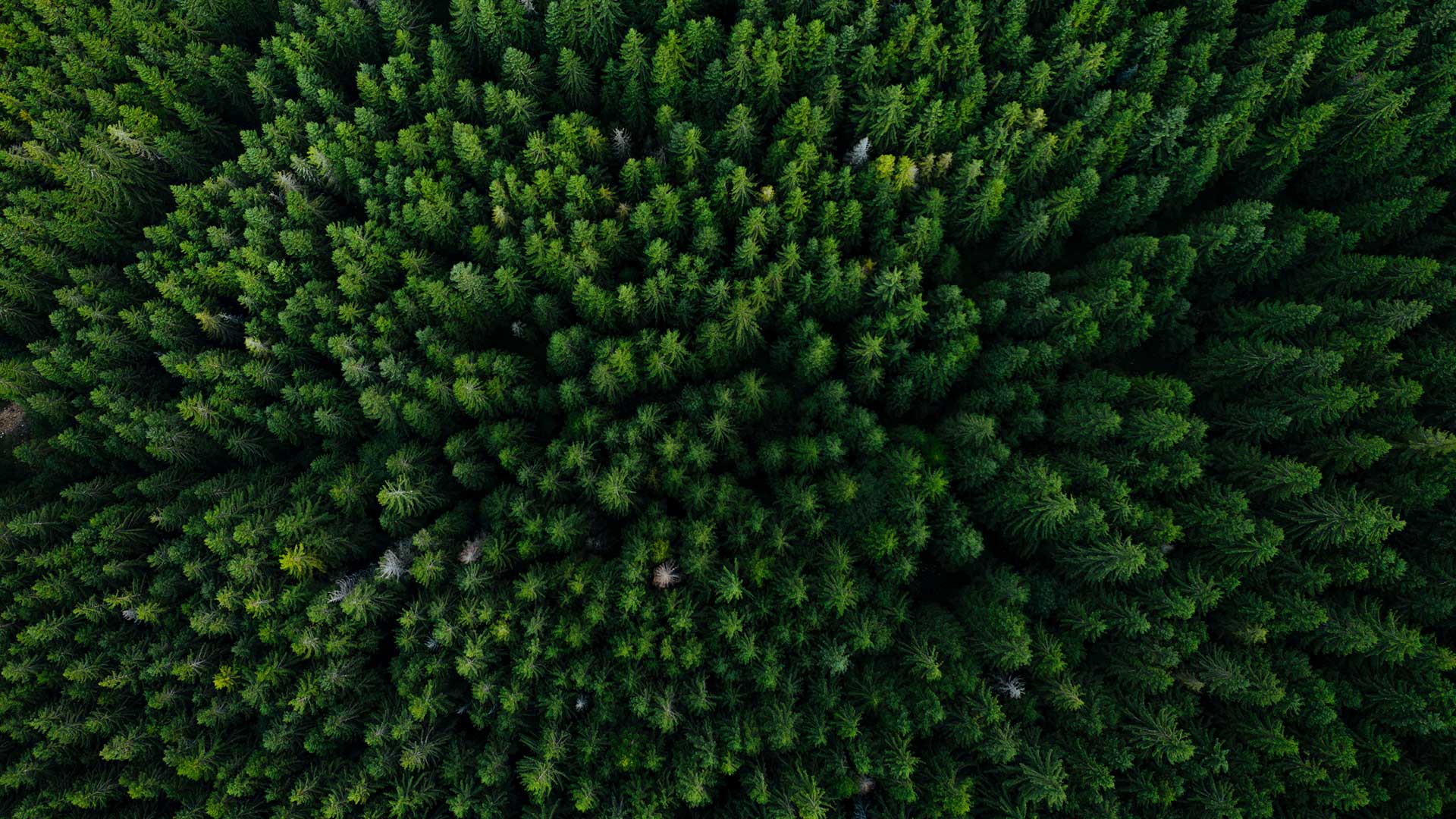
Publication
USPTO patent examination pilots: Recent changes
The USPTO has retooled its examination pilots, impacting nuanced filing strategy and timing.


Canada | Publication | June 7, 2021
Alberta Energy recently released an information letter announcing a new competitive process for securing sub-surface rights to underground freehold and Crown pore space in Alberta. These rights are key to establishing carbon capture and storage (CCS) projects. CCS involves capturing carbon dioxide and other greenhouse gases and their injection into underground pore spaces, to prevent escape into the atmosphere. CCS is seen as central to combating climate change and decarbonizing the global economy.
The announcement came after Alberta Energy received many inquires regarding CCS and pore space rights. The details of the process are expected to be released in the late spring.
To carry out a CCS project, four approvals are currently needed. A project proponent must receive both an exploration permit and a lease of the sub-surface pore space rights under the Mines and Minerals Act and the Carbon Sequestration Tenure Regulation. A licence to drill wells and operate them as injection wells and approval of the associated disposal scheme must also be obtained from the Alberta Energy Regulator under the Oil and Gas Conservation Act. It appears this regulatory framework will remain the same under the new competitive process and the process will be layered on as an additional prerequisite requirement on CCS proponents.
The main objective of the competitive process is the establishment of carbon hubs, where a single CCS project will serve a cluster of industrial facilities in a limited geographic area. There will be a single operator of the hub who operates the transportation infrastructure and injection sites and is entitled to charge a fee for these services to the emitters accessing the system. Five distinct benefits of this carbon hub model have been identified:
While specific guidelines of the competitive process are still under development, a number of considerations were presented by Alberta Energy in the information letter. The proponent must be “highly qualified,” demonstrating the requisite technical skills, financial resources and operational capacity to shoulder such a large undertaking. Alberta Energy also identified that any proposal to the process should identify the potential geographic and geologic injection locations of CCS and provide details on the transportation system for delivery of the injectable substances. Finally, a successful proponent should be prepared to provide open access, fair service rates and an accounting process for the generation of offset credits associated with the CCS project.
It should be noted that this competitive process is only proposed for geologic storage hubs; other projects that use injected carbon dioxide, such as for enhanced oil or gas recovery, are not included.
It is unclear how the new process will impact CCS projects that are currently operating or those awaiting further development or approvals. There is the potential the status of projects already engaged with regulators will be taken into account by Alberta Energy when evaluating applications under the new process, but further clarity on this issue has not yet been provided.
Alberta has both supply and demand to support viable, and profitable, CCS projects. On the supply side, Alberta boasts numerous, well-studied geological formations to act as storage. Additionally, the oil and gas industry has deep expertise on all aspects of CCS, including drilling, injection, storage, monitoring and closure/capping. On the demand side, Alberta has many industrial facilities that would likely be interested in participating in CCS service, many of which are conveniently located in a number of clusters, including the Industrial Heartland, Fort McMurray and the Grand Prairie/Fort St. John (Montney) region.
Any inquires or requests for additional information from Alberta Energy can be directed to carboncapture.energy@gov.ab.ca.
The authors wish to thank articling student Kyle Havart-Crans for his help in preparing this legal update

Publication
The USPTO has retooled its examination pilots, impacting nuanced filing strategy and timing.
Publication
Is a document production order issued by a foreign court sufficient to ground authorization by a Canadian securities commission to release relevant but confidential commission investigation records?
Subscribe and stay up to date with the latest legal news, information and events . . .
© Norton Rose Fulbright LLP 2025